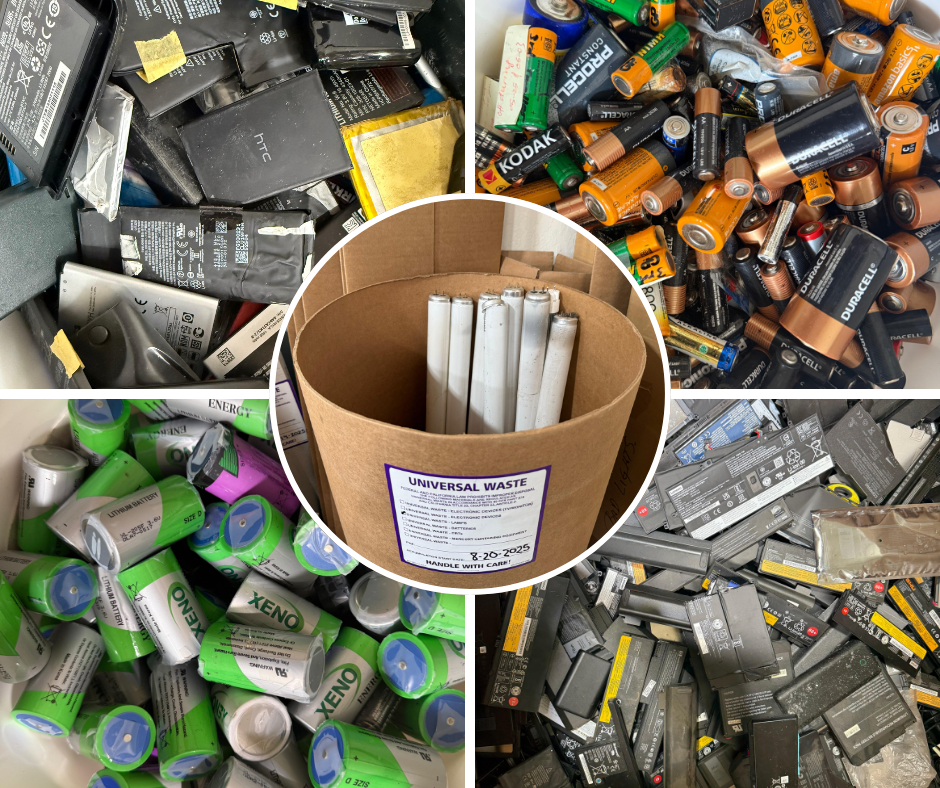What To Know About Hardware Life Cycle Management
- Evergreen E-Waste Recycling

- Aug 16, 2022
- 2 min read

The components of technology hardware will gradually wear out. Like everything, each piece of equipment has a life expectancy; as the components age, you may experience decreased performance levels or system failure. The hardware life cycle depends on how you care for and manage your equipment; therefore, explore what to know about hardware life cycle management.
What Is Hardware Life Cycle Management?
Hardware life cycle management is a holistic approach to managing IT equipment's complete life to maximize your investment return. Because most businesses and data centers tend to accumulate equipment over time, it may be challenging to track where each piece of hardware is in its cycle. With that in mind, monitoring and managing your equipment throughout its life span is the best way to stay on top of your technology.
Why You Should Use the Approach
One of the main reasons you should take advantage of hardware life cycle management is that it can keep your costs down. For example, it ensures you don't overspend on your equipment and prepares you to make the necessary repairs to extend the life of your hardware.
Another benefit of this approach is that it will improve productivity. When you have a set schedule of when to replace or refresh each piece of equipment, your IT performance won't suffer. Unfortunately, not tracking the life cycles may force hardware to work beyond its useful life.
Steps to Managing Your Hardware Life Cycle
Managing your hardware life cycle isn't an entirely difficult process, but it does require you to follow a few essential steps in order for it to work. Follow along for a deeper explanation of each step.
Plan
The first step of the process is to create a complete, detailed plan that states what equipment you need, the length of its expected life span, and how to repair or replace it at the best time. Because this plan allows you to reflect on when to expect replacements, you can plan to purchase in bulk to cut down on costs.
Procurement
The procurement stage is when you purchase your equipment, and you should take it seriously to ensure you don't overspend on your hardware or buy the incorrect pieces for your specific needs. Furthermore, this is when you decide to lease your equipment or purchase it outright; purchasing outright is usually more expensive, but it gives you more control.
Maintain
Maintenance is essential for maximizing your IT equipment's overall useful life span. When you start noticing signs of decreased performance, it may be time to repair or replace items before it affects your day-to-day operations too much.
Dispose
Unfortunately, all equipment reaches the end of its useful life span, at which point it’s known as electronic waste (e-waste). You should have a clear disposal plan since you can't simply send it off to the landfill. In fact, you should donate or recycle updated equipment to ensure environmental safety. To dispose of e-waste in San Jose, contact our team at Evergreen IT Solutions.
After learning what to know about hardware life cycle management, you can get a leg up and take advantage of your IT equipment's life span. Remember, monitoring and managing your hardware is the best way to stay on top of your technology.




Comments